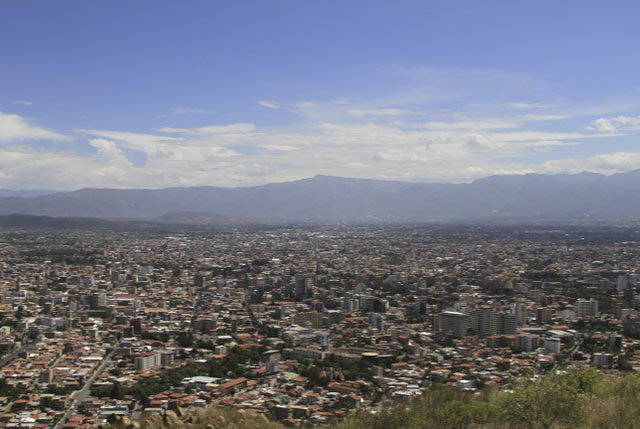Cheap flights ➔ Cochabamba
If you're looking for cheap flights to Cochabamba you have reached your destination! Your journey to Cochabamba and Bolivia starts here - where we select and display the best offers of direct flights, low-cost connections from hundreds of airlines and partner agencies.
CBB is the short code of the city. On this page, you can check out the best flight ticket deals to Cochabamba. Click on a deal to make a search and view the updated sale price.
Airports near Cochabamba
Closest airports to Cochabamba are Cochabamba CBB (BO) , Oruro ORU (BO) (113 km), Sucre SRE (BO) (200 km), La Paz LPB (BO) (235 km), Trinidad TDD (BO) (318 km).
Direct flights to Cochabamba
Meteo: Cochabamba CBB

Cochabamba
Partly cloudy
24℃
Feels like
25°
Wind
6.8 km/h
Humidity
39%
Visibility
10.0 km
Precipitations
0.12 mm
Thursday
18 April
18 April
14°
Patchy rain nearby
Wind: 6.8 km/h
Friday
19 April
19 April
14°
Patchy rain nearby
Wind: 11.2 km/h
Saturday
20 April
20 April
15°
Patchy rain nearby
Wind: 11.9 km/h

Hotels
| Cochabamba
Airlines flying
to Cochabamba


